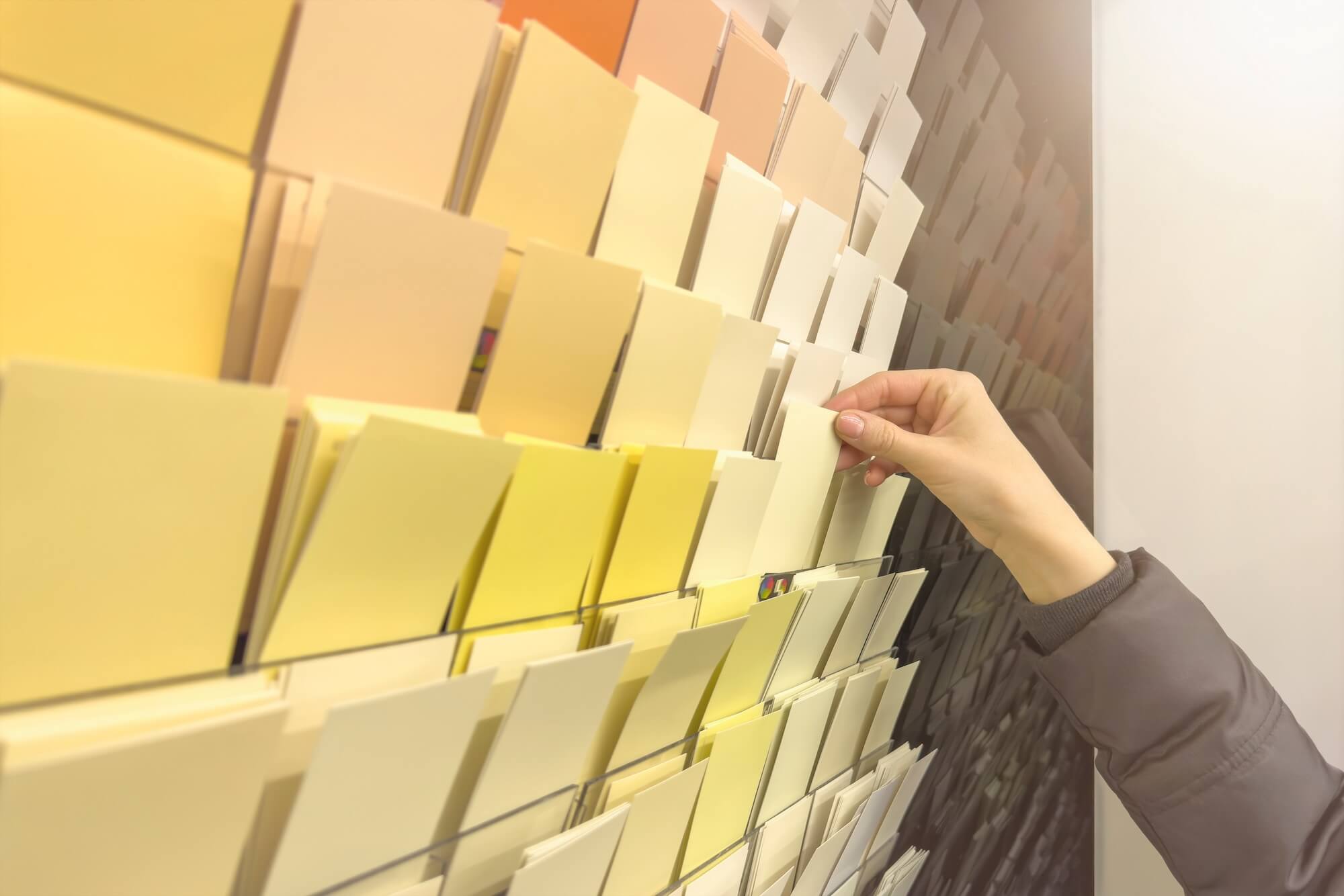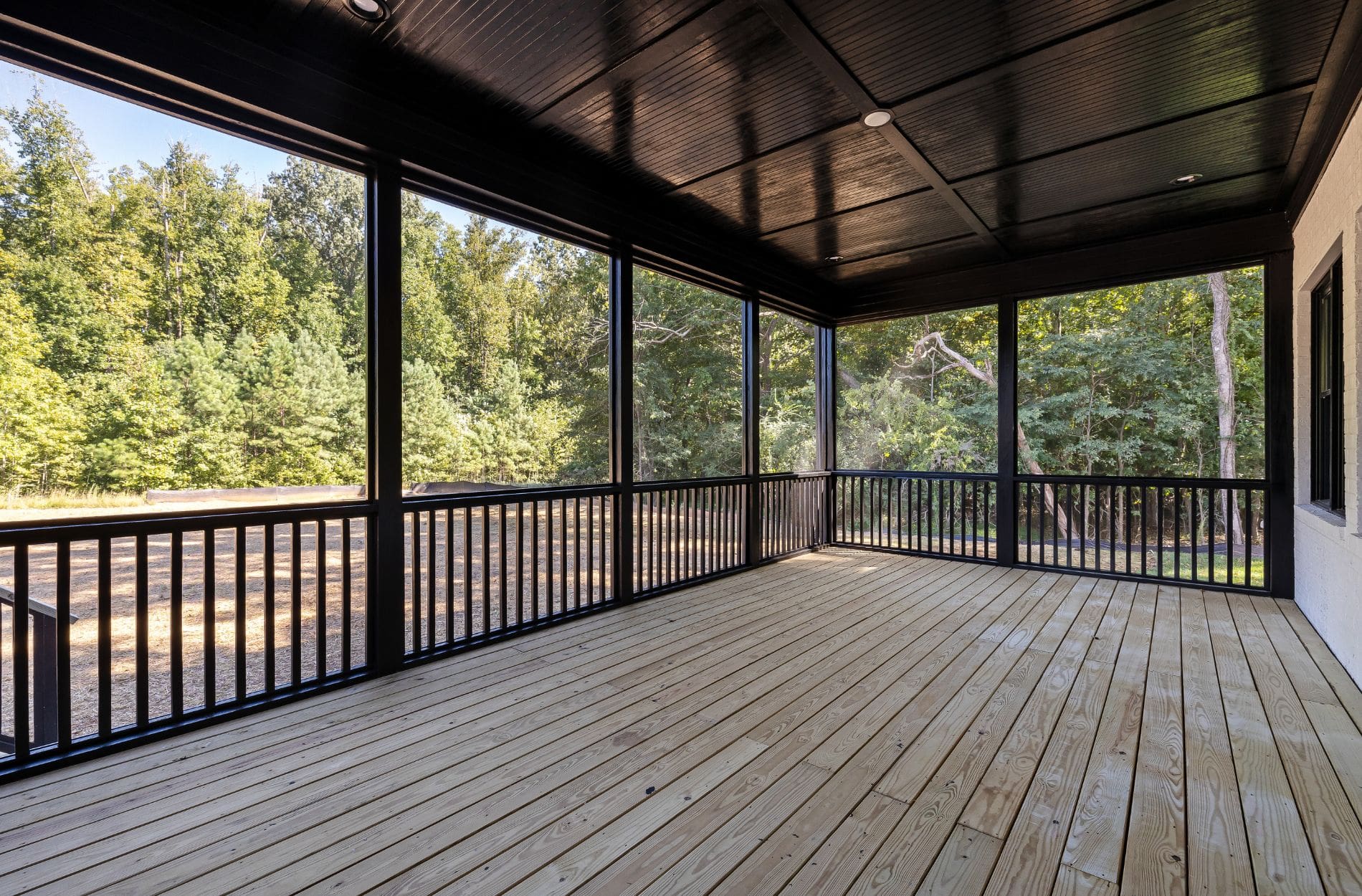
The Ultimate Guide to Choosing Paint Colors for Your Home
Choosing the right paint color for your home is more than just an aesthetic decision—it influences the mood, perception, and functionality of your space. The colors you choose can create a warm and inviting environment or make a room feel cool and sophisticated. This guide will walk you through everything you need to know about selecting the perfect colors for your home, from understanding color psychology to following current trends and making practical decisions.
Color Psychology:
Colors have a powerful impact on our emotions and behaviors. Here’s how different colors can affect the feel of a room:
- Blue: Known for its calming properties, blue works well in bedrooms and bathrooms where you want to create a peaceful atmosphere.
- Yellow: This bright, cheerful color stimulates creativity and energy, making it ideal for kitchens, dining rooms, or playrooms.
- Green: Often associated with nature, green promotes a sense of balance and calm, making it perfect for home offices, living rooms, and bedrooms.
- Red: An energizing and bold color, red is best used sparingly or in rooms where excitement and conversation are encouraged, like dining rooms.
- Neutrals (Gray, Beige, White): These versatile shades offer flexibility in design. Neutrals are great backdrops for accent pieces and work in virtually any room for a timeless look.
By understanding the emotional effects of color, you can make more informed decisions about how to use them for interior painting throughout your home.
Upcoming Trends in Paint Colors 2025:
As we look forward to 2025, certain colors are expected to dominate interior and exterior design trends:
- Earthy Tones: Warm, natural shades like clay, terracotta, and soft greens are making a comeback. These colors bring a sense of warmth and groundedness to spaces.
- Vibrant Jewel Tones: Bold colors like emerald green, sapphire blue, and deep burgundy add richness and luxury to rooms. Jewel tones are being used in accent walls or smaller spaces to create a high-impact look.
- Soft Pastels: Light, airy pastels such as blush pink, mint green, and pale lavender continue to gain popularity, particularly for bedrooms and bathrooms, where they create a calming, serene environment.
These trends reflect a growing desire for homes to feel like sanctuaries—places of comfort, warmth, and personal expression.
Room-by-Room Color Strategies:
Each room in your home serves a different purpose, and the colors you choose should reflect the mood and function of the space:
- Kitchen: For a lively, energetic space, choose bright colors like yellow, orange, or even a vibrant green. Earth tones like warm beige or soft gray can create a more relaxed and inviting environment.
- Bedroom: Soft, calming colors are ideal for bedrooms. Blues, soft greens, or muted purples encourage relaxation and restful sleep. Neutral shades like cream or gray also work well to create a peaceful retreat.
- Living Room: The living room is where you entertain guests and spend time with family. Warm neutrals like taupe or beige create a cozy feel, while bolder colors like teal or navy can make a stylish statement.
- Bathroom: Crisp, clean colors like white or light blue are popular for bathrooms, giving the room a fresh, spa-like feel. Soft pastels can also add a touch of relaxation and warmth.
By tailoring your color choices to each room’s function, you can enhance both the aesthetics and usability of your home.
Exterior Paint Trends:
Your home’s exterior is the first thing people notice, and paint color plays a significant role in curb appeal. The latest exterior trends include:
- Naturalistic Colors: Earthy hues like olive green, taupe, and brown help homes blend with their surroundings, especially in rural or suburban settings.
- Bold Contrasts: Using contrasting colors for trim, shutters, and doors—such as pairing dark navy or charcoal with crisp white—creates a striking, modern look.
- Textured Finishes: More homeowners are experimenting with textured exterior paint finishes, which add depth and dimension to the façade. Textured finishes can mimic natural materials like stone or wood, giving homes a rustic or contemporary edge.
Choosing the right exterior color can transform your home’s appearance and increase its overall value.
Technical Considerations when Choosing Paint Colors:
When choosing paint colors, it’s important to consider the technical aspects of painting, including finishes and lighting:
- Matte vs. Gloss Finishes: Matte finishes are excellent for hiding imperfections and creating a contemporary look, while gloss finishes offer durability and are easier to clean, making them ideal for high-traffic areas.
- Lighting Effects: Natural and artificial light can drastically change how a color appears in a room. Rooms with a lot of natural light will make colors appear brighter, while artificial light can warm or cool down the tone. Always test paint samples in your space before committing.
- Color Matching: Technology makes it easy to match new paint colors to existing décor, ensuring a seamless transition between rooms or surfaces. Many paint stores offer color-matching services that can help you replicate specific hues.
These considerations ensure that the colors you choose look their best in your space.
DIY vs. Professional Painting:
Painting can be a rewarding DIY project, but some jobs are better left to professionals. Consider the scope of the project before deciding:
- DIY: If you’re painting a small room or space with simple trim, DIY might be a cost-effective option. Make sure you have the right tools, including painter’s tape, rollers, and brushes, and set aside enough time to complete the job.
- Professional Painting: Larger jobs, like painting the exterior of your home or rooms with vaulted ceilings, are better suited for professionals. Professional painters have the expertise to handle surface preparation, color application, and ensure a smooth, even finish. They can also provide guidance on color selection and finishes.
If you’re unsure of your skill level or the scale of the project is too large, hiring a professional can save time and ensure long-lasting results.
Local Focus: Popular Color Choices in Des Moines
In Des Moines and surrounding areas, homeowners often choose colors that reflect the region’s natural beauty and weather conditions. Earthy tones like warm browns, muted greens, and vibrant blues are popular choices. These colors complement the landscape and are durable enough to withstand the local climate, which can range from hot, sunny summers to cold, snowy winters. Neutral grays and whites are also common, offering a timeless appeal that works well with both traditional and modern home designs.
Conclusion:
Choosing paint colors is one of the most impactful decisions you can make when designing your home. Whether you’re refreshing a single room or giving your entire house a makeover, the right colors can transform your space and enhance its functionality. Consider the mood you want to create, the latest trends, and technical factors such as lighting and finishes. When in doubt, consult with a professional painter who can guide you through the process and ensure a beautiful, lasting result.
For more inspiration or expert help, don’t hesitate to reach out to our team at Midwest Paint. We’re here to help bring your vision to life with colors that reflect your style and suit your home.



